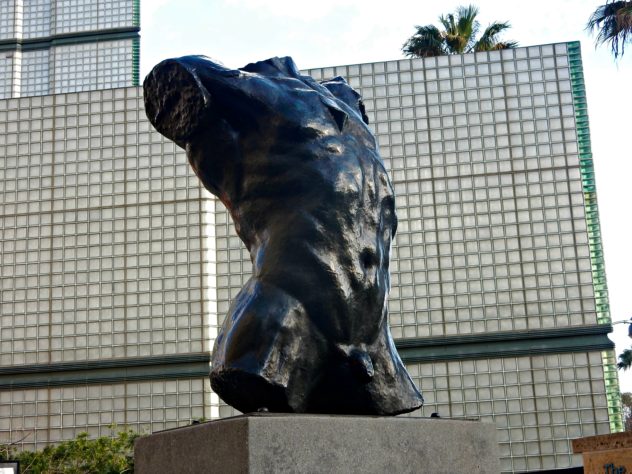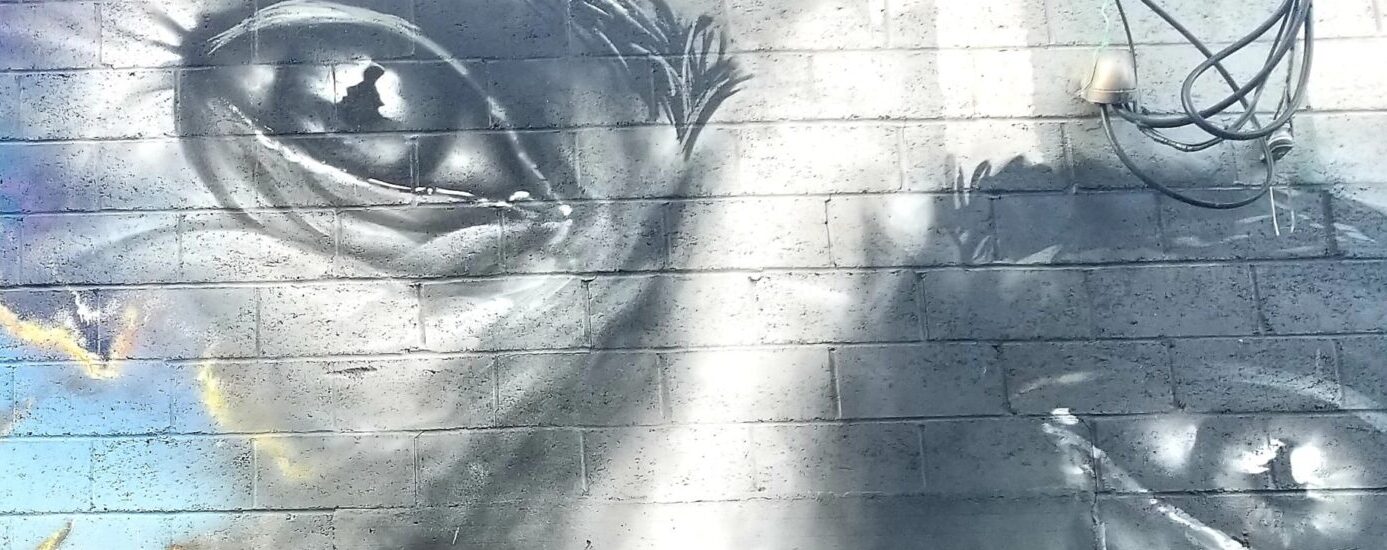噬嗑
“Neck Fasch”
Discernment is pervasive
The tenderness was first noticed in the morning, a small tender raised and erythematous area The initial irritation was reported as a scratch but by 10:00, the scratch was an ache. The red area had surrounded the elbow limiting the range of motion.
At noon the patient had presented in the small ED and arrangements were made to ground transfer the patient to a regional medical center for a suspected cellulitis. Labs showed an elevated white count with shift, blood cultures were drawn and oral analgesics were administered. An ED nurse using a pen, draws a circle around the perimeter of the infection. The non urgent transport took 1.5 hours.
~1500 arrival at the regional medical center revealed a continued extension overrunning the outline of the ink by inches. Another set of cultures is drawn and multiple intravenous antibiotics are initiated. Arrangements are made for air transport to a higher level of care for infectious disease consult. Internal Medicine Residency is receiving and a helicopter is dispatched. ETA for receiving is ~ 2.5 hours.
~1900 arrival and evaluation on medical unit notes significant expansion and spread of infection. Upper arm 75% involved with marked edema at the elbow, Forearm is completely involved with extension into the hand. With the edema, the distal circulation is beginning to be compromised. Surgical consult is obtained and a diagnosis of Necrotizing Fasciitis is put on the patient chart. Repeat labs show marked increase WBC.
~2100 surgical residency consult with University Hospitals and arrangements are made to transfer the patient for definitive care. The arm is elevated in a splint with the distal digits separated by gauze. The fingers have extreme edema the tight skin resembles hot dogs. The patient is in extreme discomfort despite continuous analgesics. Because of the compromised circulation an emergent fasciotomy with surgical decompression of the tissue is performed.
~2230: Patient is taken from OR, “post op” to ambulance transport to the local airfield for fixed wing transfer to University Clinics. Lactate level 4.3 with tachycardia. A liter of fluid during OR supports the pressure which hovers systolic 90s. Respirations 20 and overbreath the ventilator settings. ABGs reveal a medabolic acidosis.
~0100: Admission to ICU University with OR on standby. Increased tachycardia noted with perfusion delayed peripherally. Pressures remain supported by fluids. Central monitoring is initiated.
~0200: Admitted to OR for fasciotomy and debridement of necrotic tissue. A vasopressor is added to support unstable pressures. Lower arm amputation.
0315: Admitted to ICU with continued vasopressor support, fluids and multi antibiotic therapy. Chest radiography has multiple pulmonary infiltrates. Low PEEP added to ventilator settings.
0800: Continued deterioration with extension of Nec Fasc to shoulder and upper chest. Admitted to OR for debridement of shoulder. Amputation upper arm.
1030: Profound septic shock and cardiac arrest.
1050: Resuscitation discontinued.
The gauze, a white square, dropped on the open paper sterile field contained, saturated in its center, a red flag, purulent yellow exudate. A second squeeze with another expression of pus now slightly tinged with blood from the small puncture incision. The lower leg abscess sits in the center surrounded by 3cm of tender erythema. The localized pain had been enough to cause a noticeable limp. No other innate responses of fever, red streaks or lymphadenopathy in the groin are present to indicate a systemic response. Local anesthetic is poorly absorbed in the presence of an infection so ice, ice in a Ziploc, with a layer of gauze on the skin for anesthesia. A sterile lancet to incise through the skin cutting enough to allow access to the numbed center of the infection.
What had been, naively downplayed as a spider bite that although dangerous enough to also be of immediate concern, is a misdiagnosis. The non arachnid origin Staphylococcus represents a much more dangerous foe.
Over the next 48 hours infection retreats to a non factor.


